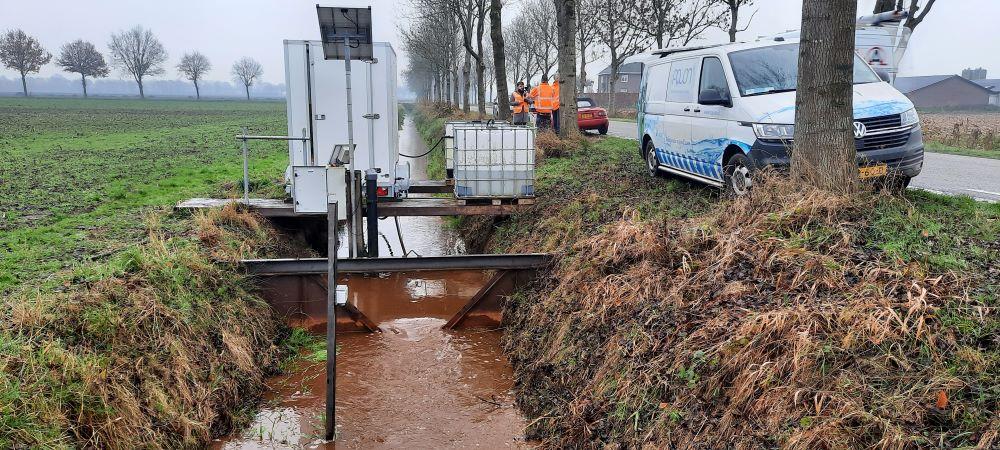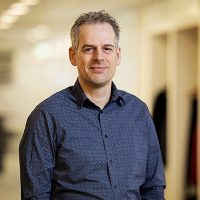New technologies take the continuous monitoring of water quality a step further
The emergence of new technologies such as machine learning, special sensors and auto-analysers makes it possible to monitor water quality in near real-time. We refer to this as ‘high-frequency’ monitoring. The measurements provide more insight into the dynamics of water quality, and can therefore help water managers to identify causes of, for example, exceedances of standards. That opens up possible ways of achieving the objectives of the Water Framework Directive.

It has emerged that the actual use of high-frequency measurements in practice is a major step. In the Knowledge and Innovation top consortium project, AQUON, the Aa en Maas water authority, microLAN and Deltares have worked together over the past two years on improving the practical applicability of the monitoring results.

Cycle for the high-frequency monitoring of water quality
The high-frequency data that continuous monitoring provides cannot be used yet in day-to-day work. Drift, signal interference, noise and anomalies mean that the data have to be processed before they can be used in practice. Although the main emphasis of the project was on data management and data optimisation, it emerged that actual use in practice requires a description of the entire cycle for the high-frequency monitoring of water quality. That results in a clear and structured approach for the improvement of monitoring, an important tool for water authorities and research organisations who want high-frequency measurements.
To provide future-oriented and reliable descriptions of water quality, AQUON is also investing heavily in new technologies and in data processing. In conjunction with sensor measurements, this means that the water authorities acquire valuable information as a basis for effective decisions about sustainable water management. Following on from these initial developments in the optimisation of data processing in collaboration with the water authorities and other expert parties, we are now taking the next step in the further professionalisation of our data platform and the associated data flows. That ongoing development is also taking place in collaboration in the chain of data flows with our water authorities.
Eppe Nieuwenhuis, Director of Demand Development, Innovation and Consultancy, Aquon water research and consultancy
Emphasis on data management and optimisation
Frank van Herpen of the Aa en Maas water authority, who is a partner in this study, believes that water-quality sensors are a useful addition to the monitoring toolboxes of water authorities. “What we as the Aa and Maas authority have seen in practice in recent years is that it is not a matter of just installing a sensor and then going to work with the data immediately: you need an intermediate step to validate the sensor data. That is not very different from our work on measurements of groundwater levels and flow rates. The optimaHWQ project is a good step on the road to a structured approach.” Kevin Ouwerkerk, a data specialist in the field of water quality at Deltares, explains: “Major steps forward have been achieved with this project (Optima-HWQ) to put the application of high-frequency monitoring
into practice, for example in near real-time anomaly detection to improve online visualisations and sensor maintenance. In addition, there is the retrospective optimisation of series of measurements, like the application of machine learning algorithms to fill gaps in those series. Finally, it is possible to correct anomalies in sensor readings retrospectively on the basis of conventional water-quality measurements.”
The knowledge developed in the project, as well as sample scripts, are publicly available in Dutch.


